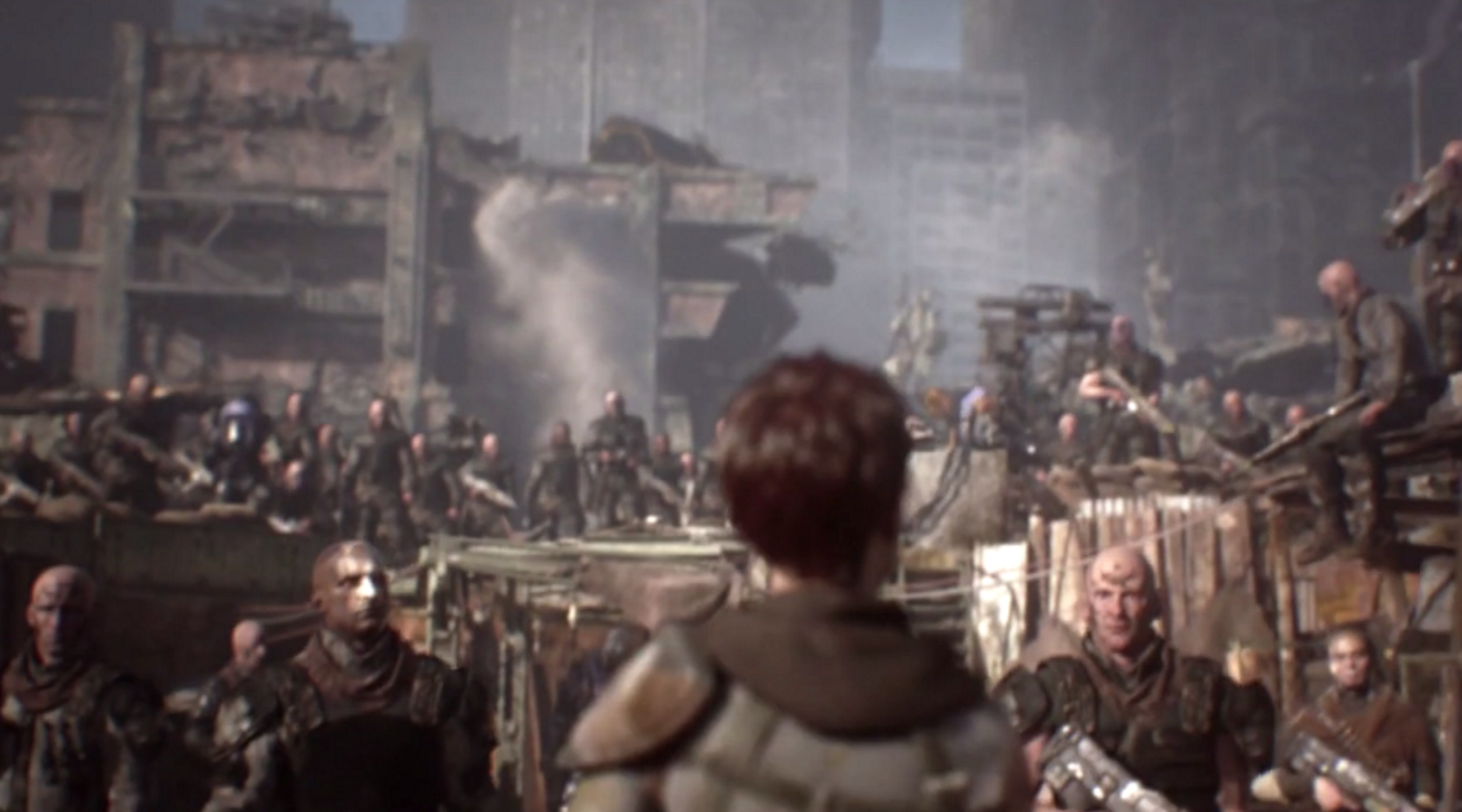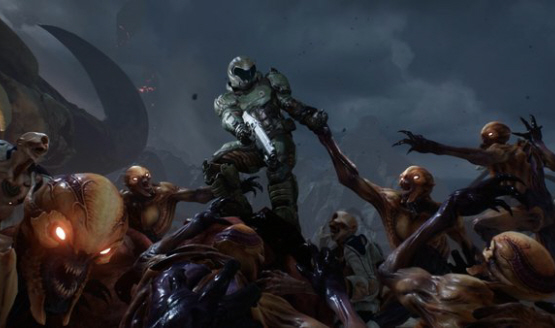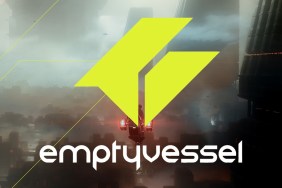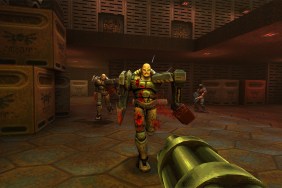Call it the holy grail. Call it the needle in the haystack. Heck, call it the white whale of video games; whatever the moniker, over the years there have been plenty of titles that emerged guns blazing, only to plummet to the depths of obscurity — never to be seen or heard of again for months, if not years.
Think The Last Guardian or even Final Fantasy XV, two long-gestating games that look set to finally escape the bowels of production later this year. They’re not the only ones to do so in 2016, of course, with Bethesda and id Software poised to unleash Doom upon the wanting masses on Friday, May 13.
Sporting a revamped, old-school aesthetic along with “badass demons and big effing guns,” this is a franchise revival that simply oozes style, as it looks to introduce an industry icon to a modern audience and shoulder its way into an increasingly crowded genre in the process.
Impending Doom
But long before Doomguy was crushing demon’s skulls in those eye-popping trailers, id Software’s reboot was plagued with development woes during its formative years, leading to a half-baked project without an identity to call its own — influenced in many ways by its genre contemporaries, as opposed to upholding tradition and blazing a path of its own.
To understand that trajectory, we have to rewind the years all the way back to 2008, during a time when id Software was riding high following Doom 3’s critical and commercial triumph. Doom 4 was announced shortly thereafter, when the developer teased an Earthly setting and a burning desire to trace back to Doom’s putrid, horrific roots.
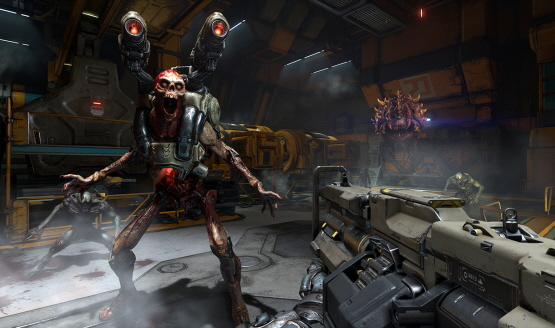
Such was the confidence exuding from the studio that John Carmack, then Lead Developer at id Software, claimed the hellish sequel would feature state-of-the-art graphics, rendering a picture three times better than the studio’s fellow first-person shooter, Rage.
As time wore on, questions were raised as to how the sequel formerly known as Doom 4 would slot into the franchise’s timeline. Was it designed to be a reboot, sequel, prequel, or some mixture of all three? In 2009, the studio’s Todd Hollenshead did at least reveal that the shooter wasn’t considered to be a sequel to the rebooted Doom 3, and would instead spin out the franchise in a new direction.
Call of…Doom?
Deep in development, 2009 also marked ZeniMax Media’s acquisition of id Software and all its assets — Doom 4 and Rage included — ensuring future id titles would be published via Bethesda Softworks. Indeed ZeniMax’s purchase offered a renewed sense of purpose to Doom 4’s development, drafting in much of Rage’s creative team after the apocalyptic shooter shipped two years later.
Soon after 2011, though, development on Bethesda’s Doom went dark, seeding a radio silence that would linger over the project right up until John Carmack’s departure from id Software to Oculus two years later.
It was here that a Kotaku exposé confirmed what many had already feared: Doom 4 had all but slipped into development limbo. Allegations of mismanagement and creative differences were dragged into the limelight, too, with the report claiming Bethesda had ostensibly reset production in 2011.
As new information began to trickle out, it was revealed that the pre-2011 build of the sequel, once considered to uphold the franchise’s decorated legacy, had fast become an undercooked mishmash of scripted gameplay and cinematic sensibilities. In short, not Doom.
Casting light on that troubled period, id Software’s Tim Willits spoke candidly about how development began to stray from the beaten path, resulting in a product devoid of personality. Said he: “Every game has a soul. Every game has a spirit. When you played Rage, you got the spirit. And [Doom 4] did not have the spirit, it did not have the soul, it didn’t have a personality.”
Back to the Well
And so, after placing fans on red alert for so long, Doom 4 retreated back into the shadows, dropping plans for a numbered sequel and all of the work that had poured into development hitherto.
It wasn’t until 2014 that Bethesda’s troubled reboot surfaced once again, blinking into the sunlight in all of its grotesque and demonic glory. Once those wheels ached into motion, buoyed by the inclusion of a beta test with Wolfenstein: The New Order, Doom began to garner excitement once more no thanks to its blistering, decidedly old-school style.
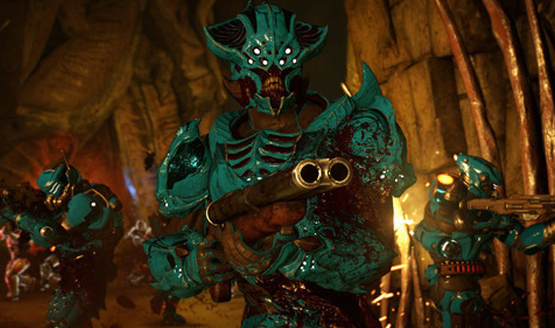
Aligning the reboot to be an enviable product for those shooter fans weaned on a strict diet of Battlefield and Call of Duty is another question, but id Software has truly gone back to the well in resurrecting its dormant flagship.
From The Revenant to the Cyber Demon to the musclebound Space Marine — they’re all here. Hell, even from the trailers alone, it’s easy to see how the studio has distilled the series’ greatest hits into a rich cocktail of crimson visuals and high octane gameplay.
Executive Producer Martin Stratton also touched base on how Doom cranks up the difficulty level, along with the roller coaster ride that awaits.
We’ve actually dialled up the difficulty and we’ve seen as people played it that they wanted this. It’s an action shooter, so your roller coaster ride in this game is about how challenging those fights are. That’s what DOOM is about. It’s not about canned set pieces, cinematic sequences…the roller coaster is about the action and the combat and it’s a blast.
Fast forward to 2016 and we now stand on the precipice of the game’s launch. Indeed if there’s one statement that encapsulates Bethesda’s change of tact during Doom’s prolonged development, it’s that the creative team have aligned the single-player campaign so that the solo experience puts action first, story second.
Return of the King
A welcome end to a troubled development, then, and now the sequel formerly known as Doom 4 is on the verge of a resurrection — clawing its way up from the fiery pits of development hell sporting battle scars and a mean attitude to match.
Make no mistake, May 13 heralds the return of a genre pioneer, and though news that Bethesda has withheld review copies until launch day has sparked fears among would-be early adopters, it’ll be fascinating to see how the modern audience takes to the series.
Batten down the hatches: Doom raises hell across PlayStation 4, Xbox One and PC on Friday, May 13.
Essential Reading:
- Final Fantasy XV: The Road So Far
- Uncharted 4: The Road So Far
- How Sony’s E3 2006 Changed Gaming History
Doom Feature 5.11.16
-
Doom 4 (6)
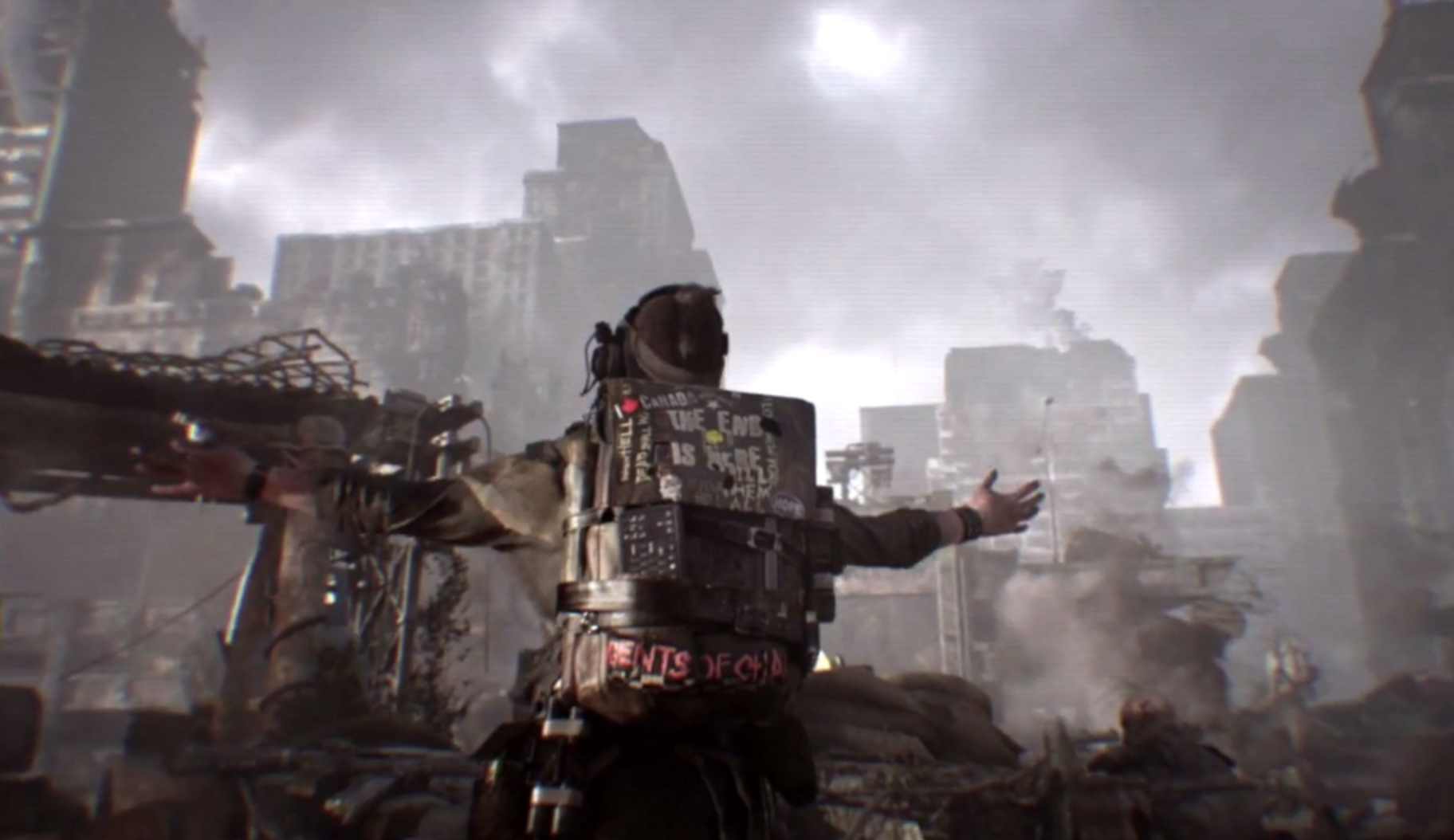
-
Doom 4 (7)
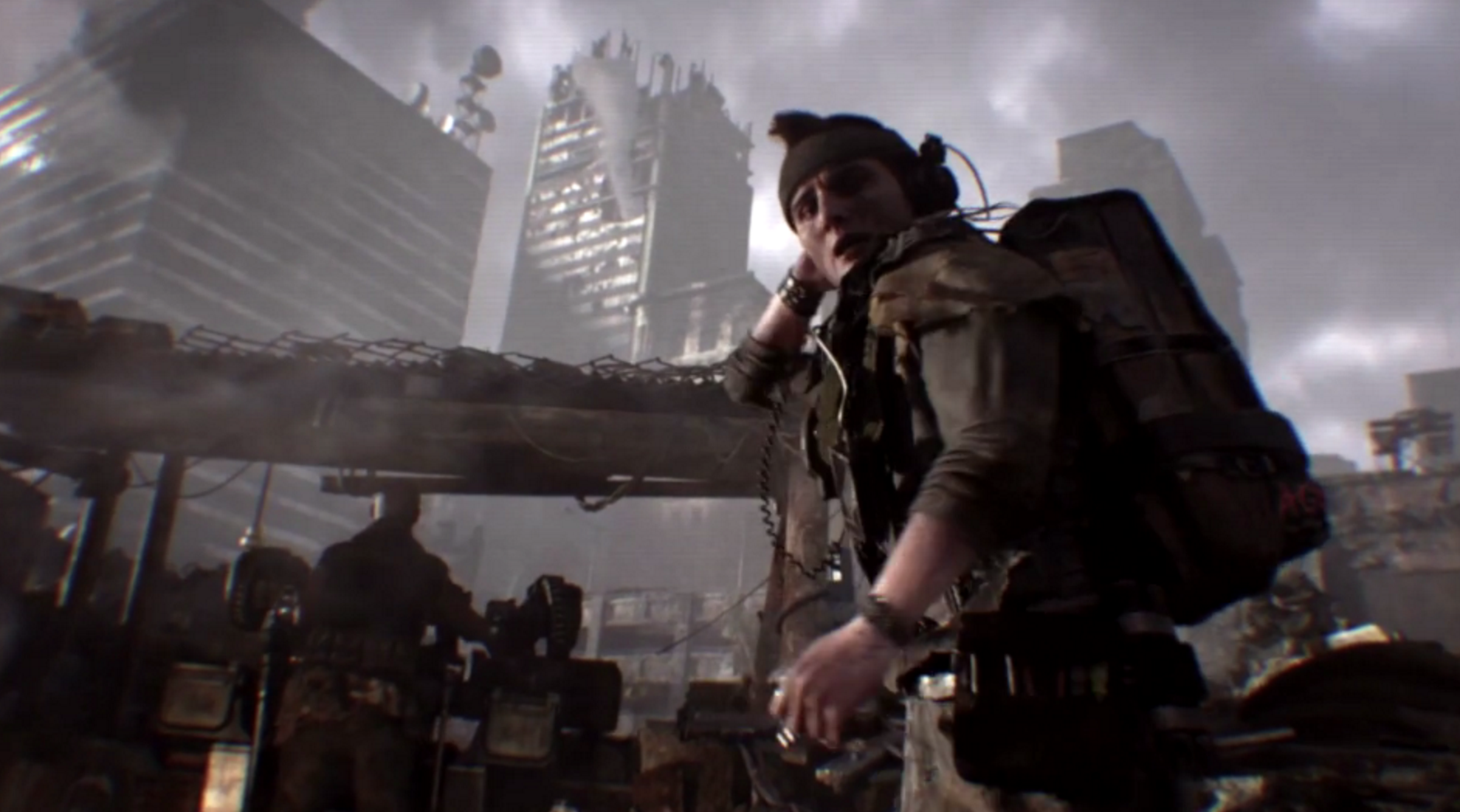
-
Doom: The Road So Far
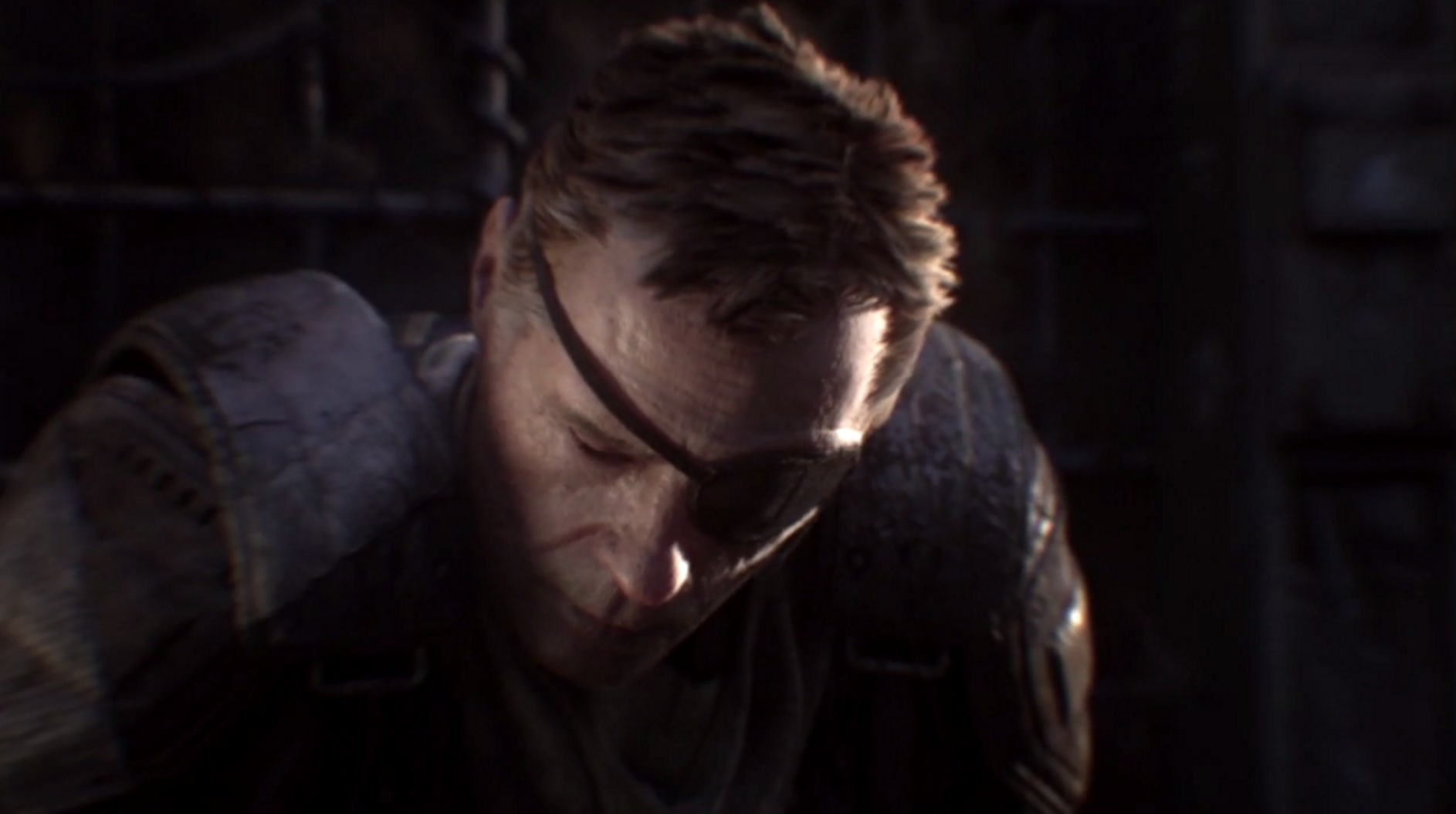
Before it plunged back into the bowels of development hell, id Software released a trailer for Doom 4 that was laced with scripted cinematic sequences. Here's the version of the reboot that remained on the cutting room floor:
-
Doom 4 (1)
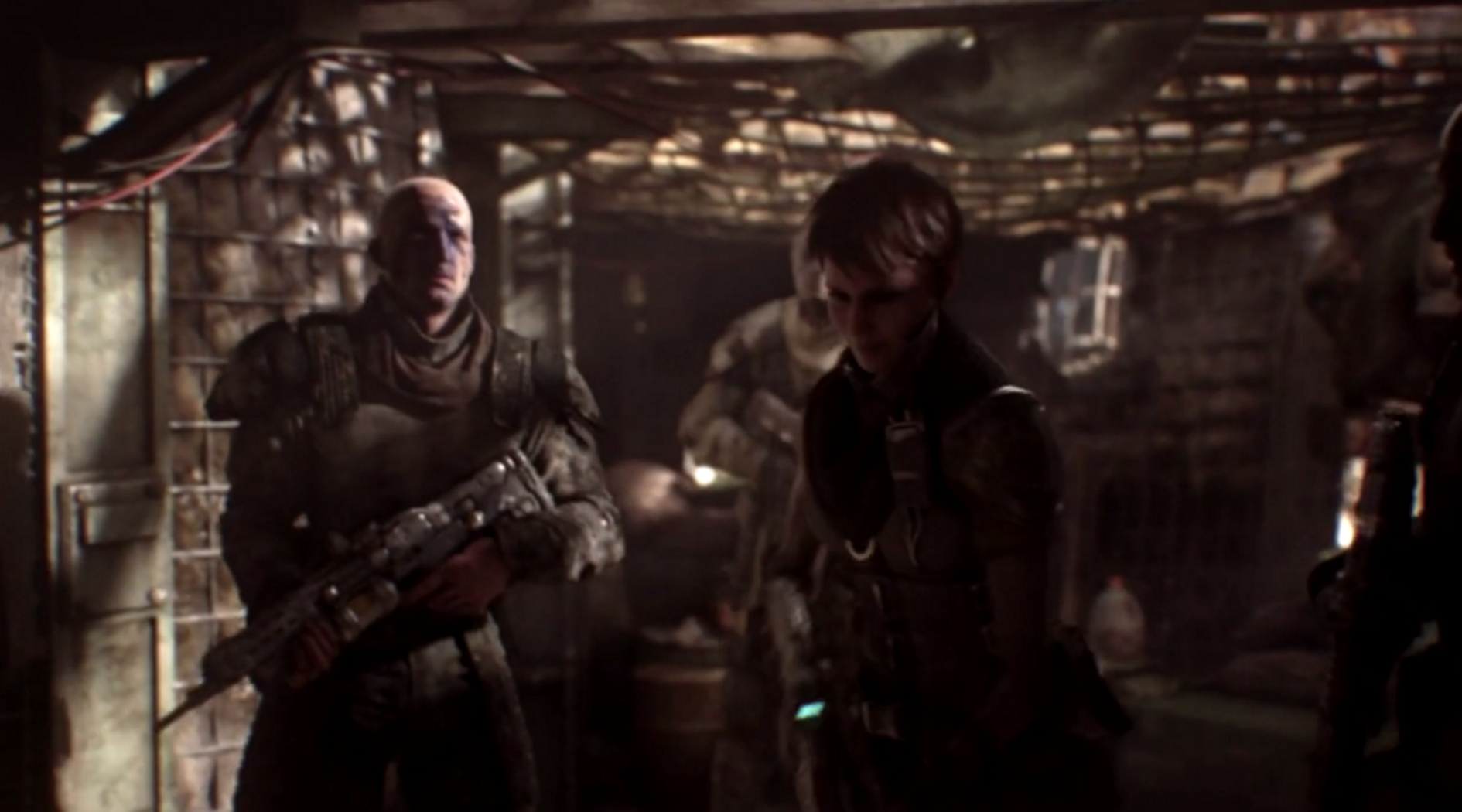
-
Doom 4 (2)
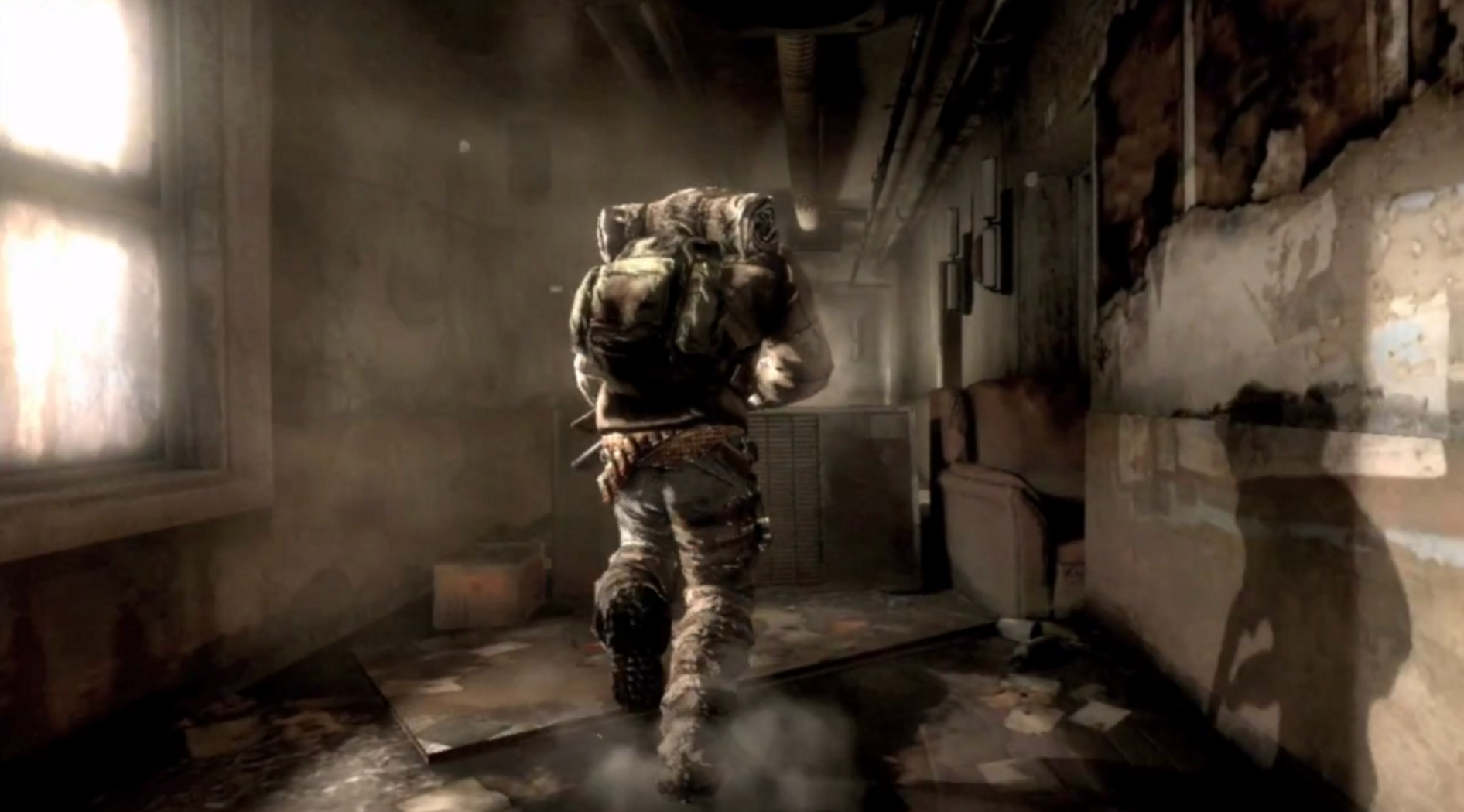
-
Doom 4 (3)
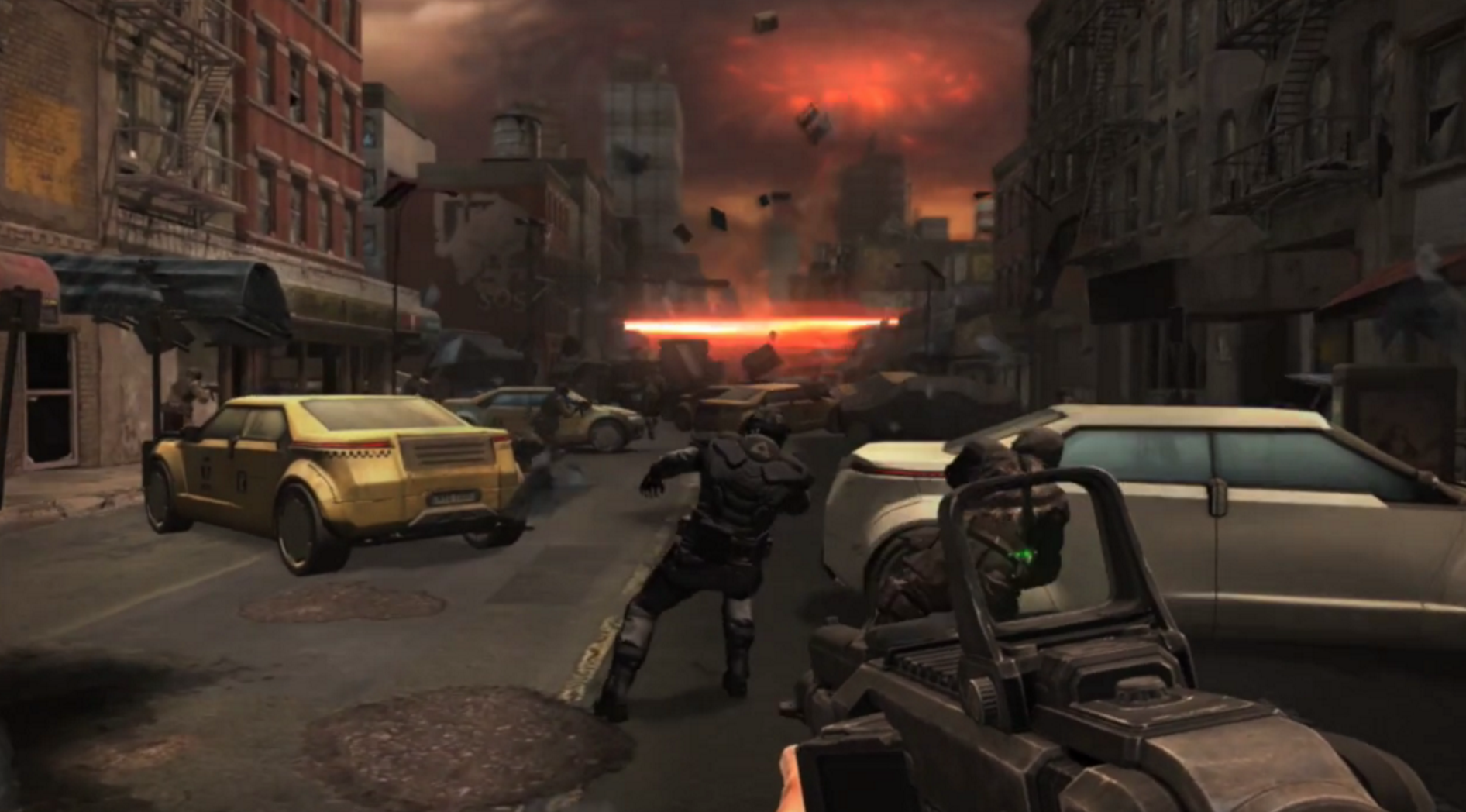
-
Doom 4 (4)
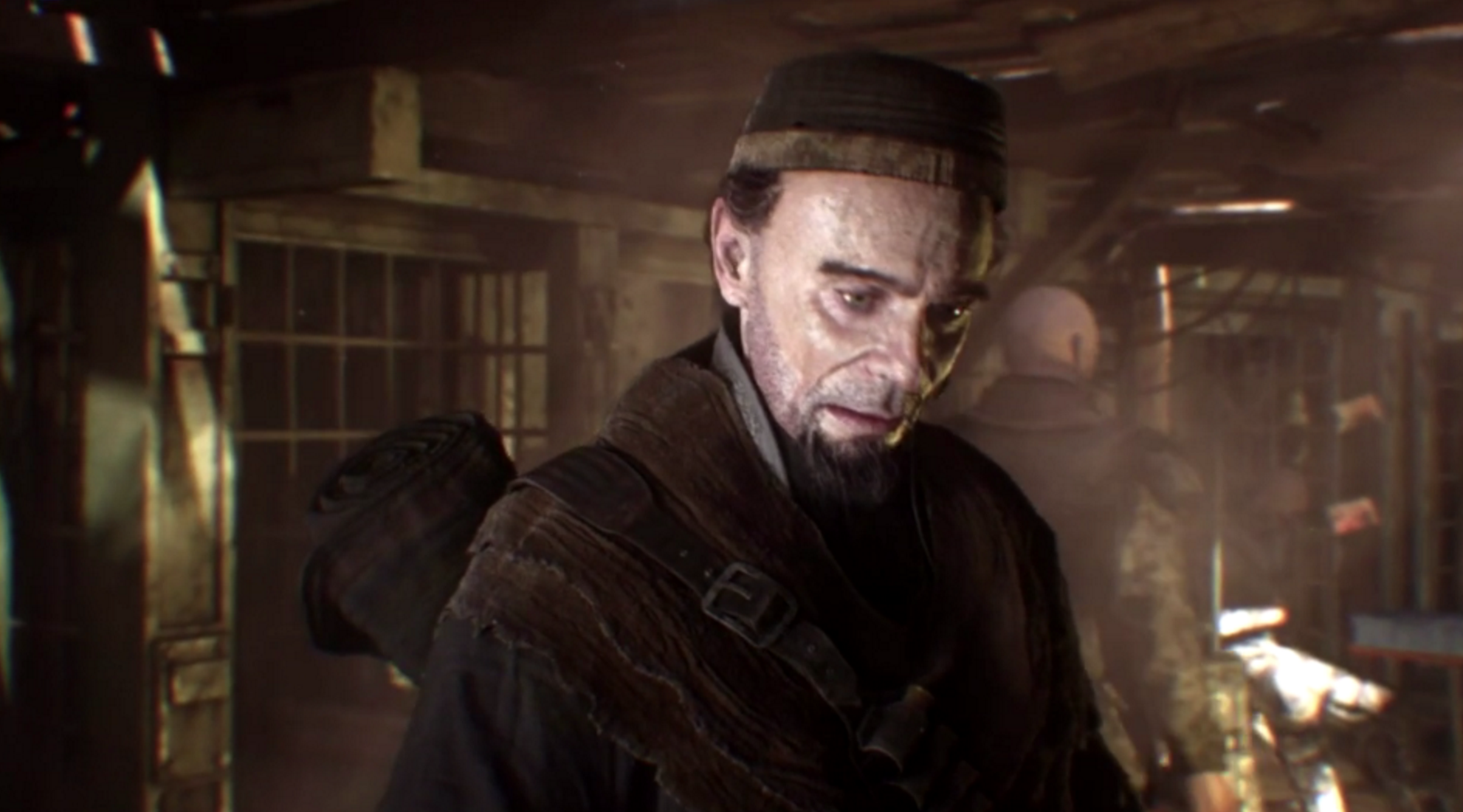
-
Doom 4 (5)
